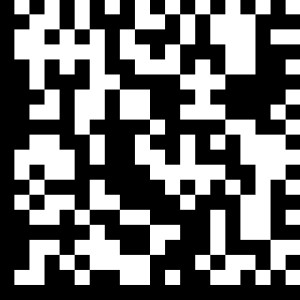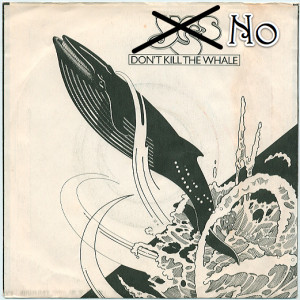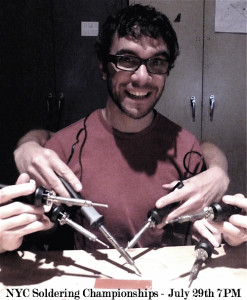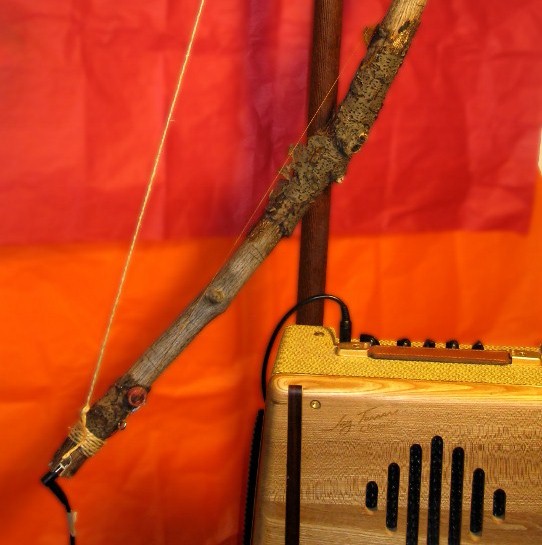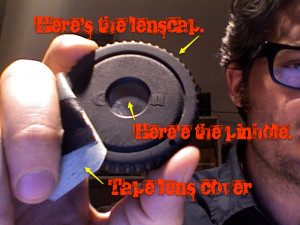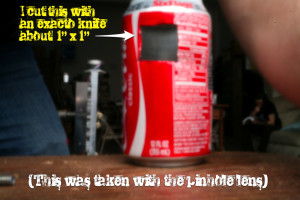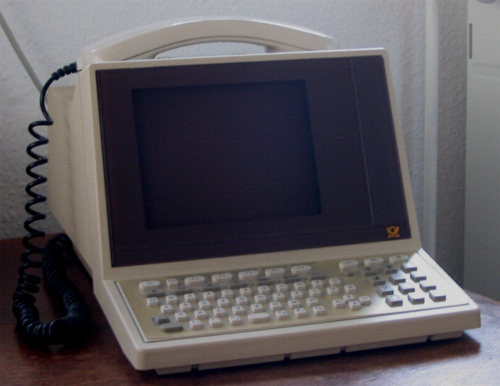Yes No
To the continueing fail whale saga. I contribute this. The Yes Video.
NYC Soldering Championship Rules
I’ve had a number of inquiries about the rules of the soldering championship all set to happen at 7:15 at M1-5 this Tuesday.
Here’s the details that have been revealed so far.
With solder irons blazing, and the power of molten metal at their finger tips, New York City’s electricity enthusiasts and hardware hackers will connect components to complete circuits for the glory of being the fastest soldering gun in NYC.
On stage and under hot lights, contestants will complete an electronics kit in the shortest time possible while still maintaining the integrity of the circuit. Who will be New York City’s soldering champion? You’ll need to be there to find out!
Doors open at 6:30. Competitor check in until the competition starts promptly at 7:15 PM.
$30 entry fee to cover the cost of the kit. It’s a really cool kit! (Undisclosed so you can’t practice on it!) We will have power strips available.
Here are some bonus details.
1. The kit you will be assembling is a through-hole kit that an experienced solderer can complete in less than 30 minutes. It’s a cool and practical kit that you’ll actually use. (Next year, with more lead time, I want to create a kit that has an surface mount component just to be evil.)
2. There will be a trophy for the fastest and I’ll have a few NYCResistor T-shirts to give out for the first 3 people there to check in.
3. You can use any soldering iron that you bring. (Next year, I may make you use a crappy super cheap iron just to be evil.)
4. No helping hands. (There had to be at least one evil rule!)
I am really looking forward to this competition. See you at M1-5 on Tuesday for check-in and may the best solderer win!
This event is part of Ignite, a geek night that Brady and I founded. There will be awesome presentations after the championship that you should stick around for.
Growth, Blinking Lights, and International Inclusion – CCC History, the 90’s to Now
By 1997, The Chaos Computer Club in Berlin was growing rapidly and local groups started popping up all over Germany. In Cologne, the media center of Germany, a CCC group called C4 started. After some time, the folks at C4 realized that many of their club were getting old and lame. A cunning and subtle plan was hatched to involve more young people in the group, C4 developed a hacking contest called U23 for those under 23 years old. Each year the challenge switches between hardware and software and the young hackers develop cooperative teamworking skills alongside technical skill-building development. One year, the challenge was to make a robot to follow a line and read a barcode at the end of it and another year, teams built a chat server that tunnels over UDP. U23 has since been adopted by other teams to involve young people and keep CCC fresh.
In 1998, the Chaod Computer Club’s annual meeting, called Chaos Communication Congress, moved to a beautiful building with a domed roof. There were rooms for talks and interpreter cabins but the presence of asbestos provided a minor speed bump. By this time, the Internet had entered popular culture. The dot-com boom was ramping up and CCC grew from about 250 people to 1500. There is a regional group in every city and because the first meeting of the CCC happened on a Tuesday, all the groups meet weekly on Tuesdays. While Tuesday CCC meetings are for members only, many regional branches have a public night for talk and discussion either weekly or monthly on a Thursday.
In 2001, Wau Holland, the founder of CCC died rather suddenly of a brain tumor. It was the 20th birthday of CCC and an exhibition and historical interpretation center had been planned. Despite the setback of losing their founder, many special things happened that year including, blinkenlights.
I met Tim Pritlove to hear about the history of Blinkenlights. Blinkenlights was an installation set up in the teacher’s building in downtown Berlin. It was a matrix of windows that could be lit up to create an array of 18 x 8 lights. I’ll talk more about this amazing project in a future blogpost.
After the 2003 Congress, it was decided to open up the group and make it more international. The format of Congress switched to mostly English presentations and overseas speakers were invited.
Hacker camping conferences in Europe were started by the Dutch early on in 1993 and they followed that four years later in 1997. The CCC got inspired and started their own camp on an alternate four-year cycle in 1999 and 2003 and 2007
These days, there is so much stuff going on with the CCC. It has grown from its small roots to become established in Hamburg, then Berlin, and then it has spread with smaller and wonderful regional groups around the country. Jens mentioned that he likes to be surprised by the individual groups projects.
Currently the CCC is becoming more involved in political struggles. Jens reflected that it seems that every week, a CCC member is working with parliament on one or more issues that effect freedom, digital rights, and the crossroads of technology and lawmaking. For many in the CCC, fighting for your rights and hacking are inseparable.
Some of the current issues facing the CCC are pointing out security problems with RFID passports, the unfairness of discriminatory visa waivers and other security problems. The CCC is generally considered by average Germans to be the last line of defense for freedom and civil rights in Germany in the digital age.
This is the last post about the history of the Chaos Computer Club, but the story doesn’t end here. After returning from camp, some new friends and I started NYCResistor to have a hacker space of our own locally. A special thanks goes out to Nick Farr, the Johnny Appleseed of hacker spaces who organized the wonderful Hackers on a Plane trip. Not only did he organize a super affordable trip to go to defcon and the Chaos Communication Camp, but after camp he organized a tour and myself and a wide-eyed bunch of hackers visited C-Base, Metalab, Das Labor, C4, Entropia and Netz Laden. Each community has it’s own way of cultivating community around hacking.
Most of the info for this post came from notes from conversations I had last year with Jens Ohlig and Tim Pritlove at Chaos Computer Camp. Make sure to read the first and second and third blogposts too!
From December 27th to 30th, the 25th Chaos Communications Congress will meet again and they have 6 different categories in the call for participation. It is a wide and varied world of hacking presented at the Congress. It is the place to be in the world on those dates. I can’t wait to go and see all the cool projects, people, and presentations this winter in Berlin!
Learn to Make a Primitive Guitar
If you’re looking for an introduction to making stringed instruments, Ranjit Bhatnagar is going to be teaching a rad class that will get you started actually making a stringed instrument right away. Check it out. – Link
The electric guitar is a sophisticated and highly evolved instrument. But, you can make your own out of a few bucks worth of junk and parts. Learn to wind your own guitar pickups and build them into a simple one- or two-string junk guitar with a surprisingly nice sound. Depending on your ambition and experience, you can make your junk guitar as simple or as sophisticated as you want, but everybody is guaranteed to go home with at least a fun twangy noisemaker.
I’m really curious about making my own guitar pickups right now and this looks like an awesome class. (Disclosure: I work for Etsy where this class is going to be held.)
Date: July 30, 2008
Time: 6:30-9pm
Location: Etsy Labs, 325 Gold Street 3rd Floor, Brooklyn, NY 11201
NYC Soldering Championships July 29th
With solder irons blazing, and the power of molten metal at their finger tips, New York City’s electricity enthusiasts and hardware hackers will connect components to complete circuits for the glory of being the fastest soldering gun in NYC.
On stage and under hot lights, contestants will complete an electronics kit in the shortest time possible while still maintaining the integrity of the circuit. Who will be New York City’s soldering champion? You’ll need to be there to find out!
Pre-Registration Required – Link
Competitor check in from 6:30-7PM.
Competition starts promptly at 7:15PM
$25 entry fee to cover the cost of the kit. (Undisclosed so you can’t practice)
We will have power strips available.
Space is limited to 25 contestants and will be on a first come, first served basis!
Location is M1-5
Requirements
1. Be able to solder, this is a competition, not a class.
2. Be 21.
3. It’s advised that you bring your own soldering iron and solder.
Once the smoke has settled, it’ll be time for the pechakucha-inspired lightning-style ignite talks. This format is a blast and you’ll want to stick around for the presentations! (I know a few NYCResistors will be giving talks!)
In 1986 German parliament decided to invent laws for computer crime. Before the field of computing had no laws on the books and it was an open game. In response to these laws, the Chaos Computer Club became a registered organization that worked as a lobby group around issues of telecommunications and data.
In the late 80’s a petty criminal with a loose association to the CCC made contact with the KGB with a list of American computers he had hacked. Driven by his cocaine habit, he had hacked into ARPA-net (now DARPA). Although ARPA’s network didn’t then have the missile launch codes, it still contained interesting information about the US infrastructure.
When this story hit the press there was a lot of discussions and interviews with people at the CCC. Shortly after the incident came to light, the addict’s body was found dead under dodgy circumstances. There is a adaptation of this story that was made into a movie called “23.”
With this event, it was as if the CCC had been driven out of paradise. Public opinion had shifted. In the media, the word hacker had become tarnished. The term had previously not been negative and some tried to explain that the people who had committed espionage weren’t hackers but criminals. Despite these attempts at defining vocabulary, the atmosphere had changed. It was at this time, shortly after this KGB scandal, that Jens joined the CCC at age 17. He remembers a general feeling of mistrust and charged emotions. Friendships were strained and the CCC went into an inactive period.
In 1989 the wall between East and West Germany came down. Behind the wall in East Germany, you had to basically be a hacker to survive and so there was a lot of innovation happening there. Technology in East Germany had been reserved for the wealthy, diplomats, and the privileged. Despite this, young pioneers in electronics had smuggled computers into East Germany. When the wall came down, all the rules were changed. Jens described a situation that a friend had been in on his motorbike in the just former East Germany. He had been driving down a one-way street the wrong way when a police officer stopped him. Jens’ friend explained that the one-way road law had changed and with everything in disarray, it wasn’t that much of a stretch for the officer to believe him. The officer let him pass. Everything was in flux.
This malleability made Berlin the perfect place for a hacker collective. Most CCC activities migrated from Hamburg to Berlin and CCC activities stepped up a notch. One of the things the community of German hackers worked on at this time was setting up electronic bulletin board systems, BBS, for communications in Sarajevo using diesel generators and a satellite link borrowed from CNN.
This is part three in a series of blogposts about the history of the Chaos Computer Club that I am putting together from notes from a conversation I had last year with Jens Ohlig at Chaos Computer Camp. Make sure to read the first and second blogposts too!
The Austrians are Invading
And they are having a graffiti art show!

Come check it out! My friend Michael Zeltner from Austria is going to be there showing off his insanely cool “drip sessions” project where he documents via video and programming the way that graffiti artists draw. Really totally rad. Be there or be aware that you are missing a vital event. – Link
Digital Pinhole Photography
Photo of my pinhole lens for my digital SLR.
Today I stopped in to NYCResistor and I made a lensless lens for my digital camera. I had a lens cap left over from when I had my camera stolen and so I drilled a hole in the cap and then cut a piece of aluminum from a pop can that would cover the hole. I sanded the aluminum down with fine sandpaper so it was really thin. (Don’t breathe the dust!) Then I poked it with a pin and then sanded the hole down. I checked that it was round by holding it right up to my eye and looking towards a light. Then I taped it onto the backside of the cap and made a little cover using tape for the frontside of the cap. The cool thing about pinhole photography is everything is a little blurry, but it’s all blurry in the same way, there is no focusing!
Photo of the pop can taken with the pinhole lens. You can see the size of material I cut from the can to make the lens.
A while back I made a video and pdf about how to make pinhole cameras. Check them out if you want to learn more.
In 1984, one of the frustrations that German computer users had was that the German telecom had a monopoly on telecommunications and charged an arm and a leg for a modem. The members of the CCC daydreamed of importing the ultra fast 1200 bps modems from America. It became a crime to connect anything besides a telephone to the telephone network. If caught, you could go to prison for 5 years for hooking up a modem without an official seal. It was felt that having a computer answer a phone was illegal.
The CCC confronted this by asking, “Would it be ok to have a cat answer the phone?” When they got a confused, but positive answer, they built a contraption made of Lego and a Fischer-Technique model sets that would lift the phone and place it on an acoustic coupler. They called it “The Cat.” The general feeling in the air was of free love, free modems, and free information transfers. Because of it’s monopoly, popular opinion stood against the telecom industry.
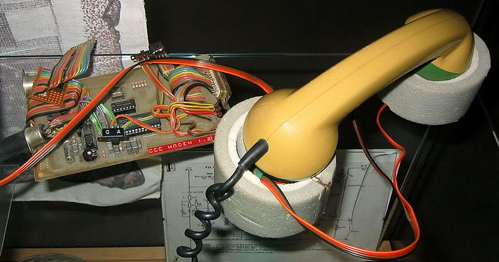
Image Via Wikipedia
Without imported modems, members of CCC started engineering a modem you could make yourself and publishing instructions. There were raids when neighbors would turn people in for having a modem. The earmuffs on the home-made acoustic coupler were made out of plumbing materials, thus earning them the name of “dataloos.” Today this term lives on at CCC camp where an impressive wireless network is spread across the camp in networked porta-potties!
In 1984 you could get a BTX machine that combined your telephone with a tv and keyboard to create a basic networked computer. In France these were very popular since for a small fee, you could opt out of getting a telephone directory and get on one of the futuristic BTX machines. Instantly, sex chats were the most popular use of these machines.
The CCC felt that they had to be part of this system and were one of the first to display pages on this telephone/television/computer directory. Quickly, they also experienced the first case of net censorship. They would put zany news stories as public service announcements on their page. One that they put up was a consumer warning against masturbating with a certain brand of vacuum due to spinning blades. The vacuum company heard about it and asked the telecom company to take it off, but after some investigation, it was found that the research was legitimate, based on authentic research and the first case of network censorship was resolved.
One of the features of the BTX machines was that you could transfer micropayments. You could pay for simple games or make donations up to 9.99 Deutsche Mark. There was a donation page for the CCC and members of the CCC deduced that the passwords for other company users could be acquired and they discovered a Hamburg bank’s password. Using the banks password, they had the bank call the donation page for the CCC donating 9.99 at a time. In the morning, following the transfer, the CCC announced the first electronic bank robbery. They gave all the money back to the bank and with this event, the word hacker came into use in Germany. There weren’t any negative connotations to the word since the public knew that CCC was exposing a vulnerability in the system without harmful intent. The press heralded them as “Electronic Robin Hoods.”
As 1984 came to a close, the first Chaos Communications Congress convened. It was the first hacker conference and it had less than 100 in attendance.
This winter, the 25th Congress will commence and it will be awesome! The CCC has just released the call for papers for the next Congress, check it out and submit a talk!
This is part two in a series of blogposts about the history of the Chaos Computer Club that I am putting together from notes from a conversation I had last year with Jens Ohlig at Chaos Computer Camp. Make sure to read the first one!
